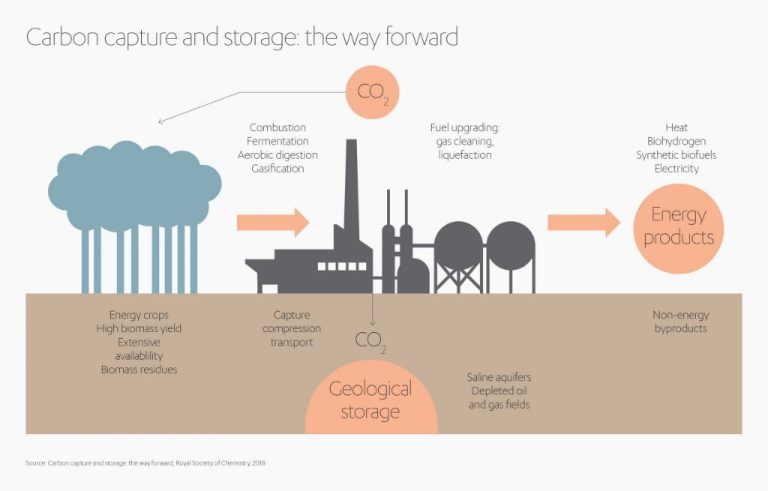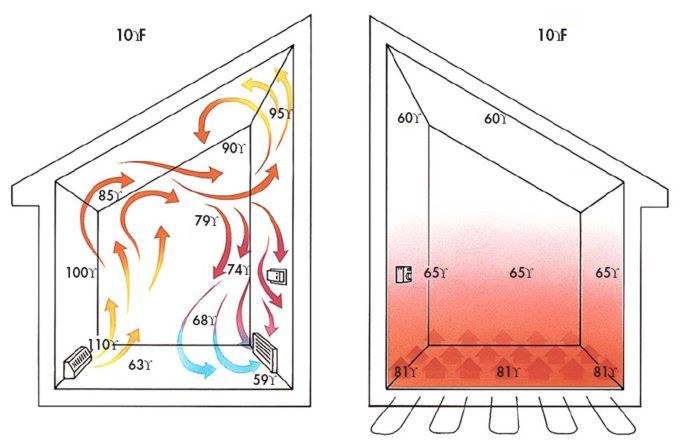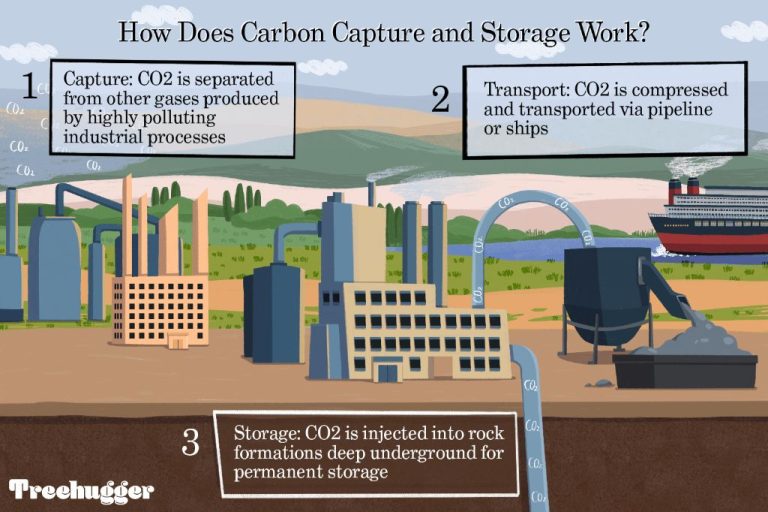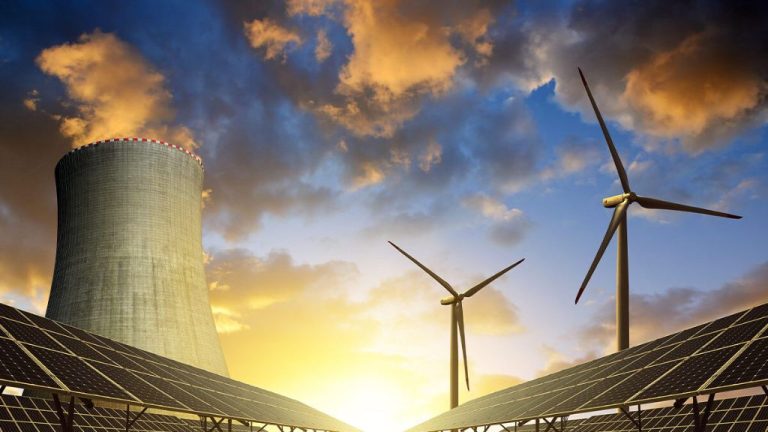What Energy Source Costs The Most Money?
The cost of energy is an important factor when considering which sources to invest in and develop. This article will examine some of the most common energy sources and the costs associated with generating electricity from each one. We will look at fossil fuels like coal, gas and oil as well as renewable sources like solar, wind, hydropower and biomass. Nuclear energy, though not renewable, will also be evaluated based on its costs. The goal is to compare and contrast the costs of these various energy sources to determine which one results in the most expensive electricity for consumers.
Fossil Fuels
Fossil fuels like oil, natural gas and coal have fairly low extraction costs, but high transportation and environmental costs.As of 2022, the average cost of fossil fuels for electricity generation in the United States was approximately $5.22 per million British thermal units (mmBtu), with coal costing around $2.36/mmBtu, natural gas costing around $5.42/mmBtu, and petroleum costing around $10.68/mmBtu. However, these costs do not account for the environmental impacts of fossil fuel extraction and use.
Transporting fossil fuels like oil and coal via pipelines, trains, trucks, and ships can be extremely expensive. Building and maintaining this transportation infrastructure costs billions of dollars. There are also costs associated with the environmental impacts of fossil fuel transportation, like oil spills. According to some estimates, the total “external” costs of fossil fuel transportation in the U.S., including infrastructure, accidents, congestion and pollution, exceed $1 trillion per year.
Burning fossil fuels also causes substantial environmental and health damages through air pollution and climate change. A 2021 International Monetary Fund study estimated global fossil fuel subsidies at over $5 trillion when accounting for externalities like air pollution, carbon emissions, and forgone tax revenues. Thus, while the upfront costs of fossil fuels may seem cheap, the true costs are much higher when environmental and social damages are considered.
Nuclear
Nuclear power plants require very high upfront costs to build, which contributes to the high cost per kWh of nuclear energy. Constructing a new nuclear power plant in the US costs between $6 billion and $9 billion, according to the Nuclear Energy Institute (source). This covers site preparation, system components like the reactor and turbine generator, project management expenses, and financing costs.
Other factors that make nuclear expensive include costs for waste management and plant decommissioning at the end of operation. Nuclear plants produce radioactive waste that must be securely contained, either on-site or in long-term geological repositories. Decommissioning old reactors is also very costly, running between $300 million and $5.6 billion per plant in the US, according to the US Government Accountability Office (source). These backend costs contribute to nuclear energy’s high price tag.
Biomass
Biomass energy comes from organic matter such as plants, residues from agriculture or forestry, and waste from municipal and industrial sources. The costs of biomass energy depend on the costs to grow, harvest, collect, and transport the biomass fuel.
According to the U.S. Department of Energy, biomass heating plants have installed costs that average between $500 to $1,500 per kW-thermal of heating capacity.1 The costs vary depending on the type and source of biomass.
Transporting biomass fuels can be expensive depending on the distances involved. According to the Whole Building Design Guide, transportation costs can account for 25% to 50% of the total cost of biomass.2 This includes costs for trucking, railway, or barge transportation.
Overall, biomass energy costs around $0.08 to $0.15 per kWh according to one estimate, with capital costs of $1,700 per kW for a new 100MW biomass plant.3 The fuel costs of biomass (typically wood pellets) are around $150 per ton.
Geothermal
Geothermal energy utilizes heat from the earth’s interior to generate electricity or provide heating and cooling. Drilling geothermal wells can be expensive, with costs ranging from $10,000 to $30,000 per well, depending on the depth and location (Source). Total installation costs for a geothermal system average $18,000 to $30,000 for a home, but can go higher if extensive drilling is required (Source). Costs vary significantly based on site-specific factors like soil/rock type, groundwater levels, and the scale of the system. While geothermal can provide cost savings on energy bills in the long run, the high initial drilling and installation costs often make it one of the most expensive energy sources to implement.
Hydropower
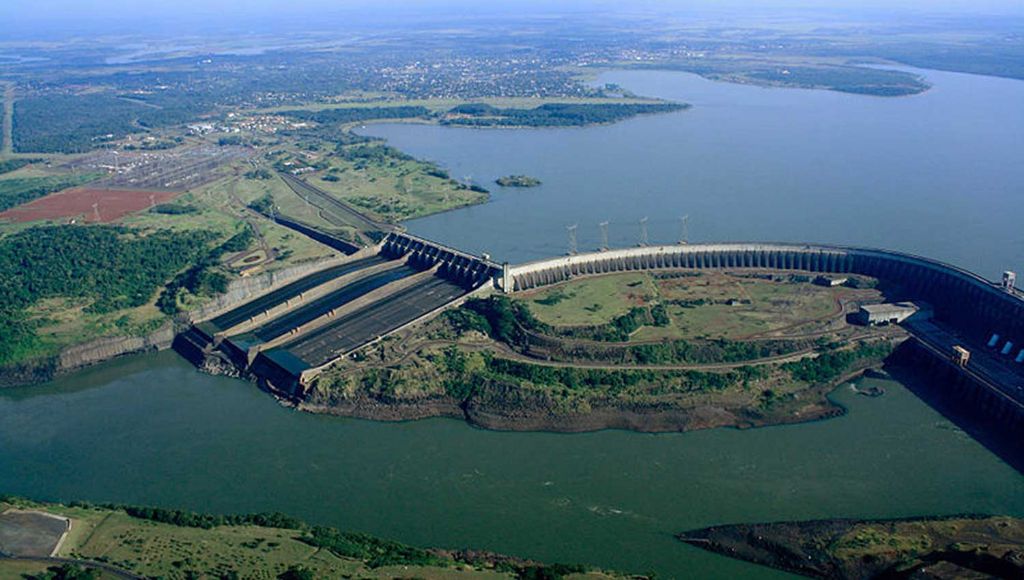
Hydropower energy utilises moving water to generate electricity. The force of the water flowing through turbines spins a generator to produce electrical power. Hydropower is considered a renewable energy source since it relies on the water cycle and is constantly replenished through precipitation. However, the infrastructure required for hydropower such as dams and reservoirs involves substantial upfront costs.
Building large dams and reservoirs can cost billions of dollars and take many years to construct. These massive concrete structures require extensive amounts of materials, machinery and labor. Additionally, creating reservoirs often involves redirecting rivers and flooding large areas of land, which must then be purchased or leased from landowners. The site selections and permitting processes are also lengthy and complicated for hydropower projects.
While hydropower ultimately provides a clean, renewable source of electricity, the initial investment to build the requisite dams and reservoirs is very high. The large upfront costs can deter development of new hydropower facilities despite their long-term energy generating potential. However, existing hydropower installations with infrastructure already in place can continue producing affordable electricity for decades.
Wind
Wind energy has become one of the most competitive sources of renewable power in recent years. According to the U.S. Department of Energy, wind turbine prices averaged $800–$950 per kilowatt (kW) in 2021.
The overall installed cost of wind projects in 2021 was approximately $1,500/kW on average (1). This covers not only the wind turbines themselves, but also the balance of system costs like site preparation, foundations, electrical equipment, grid connection, and more.
For a typical 2-3 MW onshore wind turbine, the turbine capital cost alone is around $1.5-3 million. The National Renewable Energy Laboratory (NREL) estimates the levelized cost of land-based wind energy was around $37 per megawatt-hour (MWh) in 2021 (2).
Other costs for wind power projects include land lease agreements, engineering studies, permitting, operations and maintenance. Routine maintenance runs about $30-50 per kW per year for onshore wind. Offshore wind maintenance costs are higher at around $120/kW-year.
Connecting to transmission lines can also be a significant expense depending on the project site location and proximity to the grid. Overall costs have come down as wind turbine technology has improved, but access to transmission remains a key factor.
Sources:
(1) https://www.energy.gov/eere/wind/articles/land-based-wind-market-report-2022-edition
(2) https://www.nrel.gov/docs/fy23osti/84774.pdf
Solar
Solar energy comes from harnessing the sun’s rays to generate electricity. There are two main types of solar energy systems: photovoltaic (PV) panels that directly convert sunlight into electricity, and concentrated solar plants that use mirrors to focus sunlight to drive traditional steam turbines. PV panels can be installed on rooftops or ground-mounted, while utility-scale concentrated solar plants require large tracts of land in sunny locations.
The cost of solar PV panels has dropped dramatically in the past decade, from over $7 per watt in 2010 to around $0.70 per watt today, with further reductions expected Source. The average residential solar system costs between $2.50 to $3.50 per watt installed, so a typical 6 kW system would cost $15,000 to $21,000 before incentives. At the utility scale, costs range from $1 to $2.50 per watt including installation. Battery storage can add another $5,000 to $15,000 depending on capacity needs. Land requirements for a 50 MW solar farm can be around 100 to 300 acres.
Comparison
When comparing the costs of different energy sources, nuclear power ranks as the most expensive option according to analysis from the International Energy Agency. Nuclear power has a levelized cost ranging from $112-189 per MWh. The high costs are largely due to the large upfront capital investments required for construction.
Following nuclear, biomass ranks as the next most costly energy source with costs ranging from $74-115 per MWh, according to research. The wide cost range for biomass depends on the type of feedstock used.
Geothermal energy has levelized costs of $74-122 per MWh, making it another high cost renewable energy. High upfront drilling and exploration costs contribute to the expense of geothermal.
According to the cost data, the cheapest energy sources are onshore wind and solar PV, with costs ranging from $30-60 per MWh. The low operating costs of wind and solar make them very economical, though their intermittent output remains a challenge.
When examining the full lifecycle costs, nuclear power, biomass, and geothermal rank as the most expensive energy sources. Meanwhile, onshore wind and solar PV are the cheapest options based on their minimal operating costs.
Conclusion
Based on the analysis of costs for different energy sources, nuclear energy emerges as the option that is most expensive overall. Though wind and solar have high upfront capital costs, their minimal fuel and operating costs over decades of operation make them more affordable long-term sources. Fossil fuels like coal and natural gas have moderate capital costs but their ongoing fuel expenses drive up lifetime costs. Of all the energy sources compared, nuclear power plants are by far the most expensive to build at over $6,000 per kW capacity. They also have security and waste disposal costs that add to their overall price tag. While no energy solution is without downsides, the sheer magnitude of investment required to build nuclear plants means that nuclear energy is the most costly way to produce electricity out of all the options reviewed.

